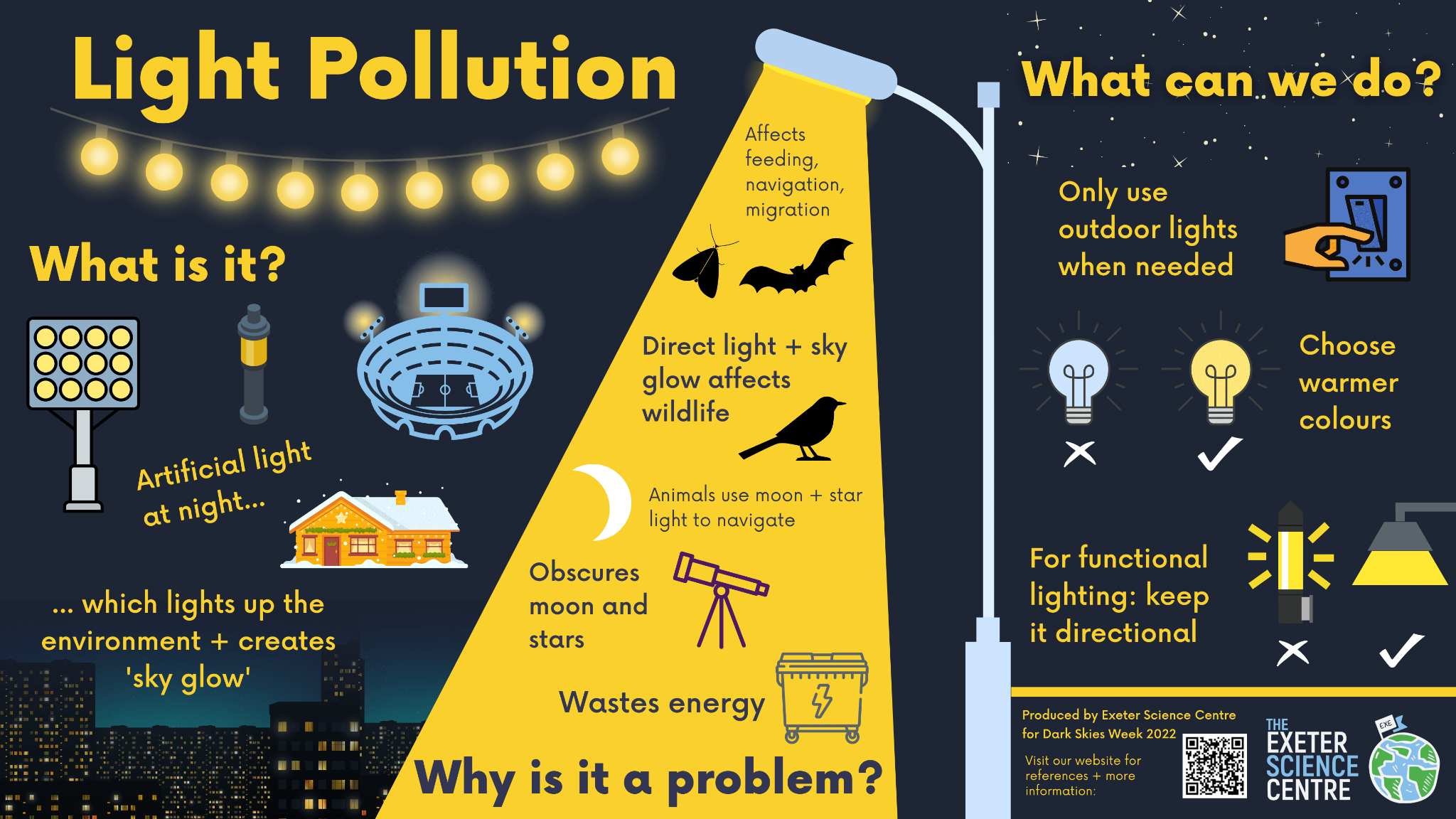Night Light Pollution Linked to Alzheimer’s Risk | 20 Sep 2024
Why in News?
According to a recent study published in Frontiers in Neuroscience, there is a correlation between night-time light pollution and the incidence of Alzheimer’s disease.
- Exposure to light at night disrupts natural circadian rhythms and impairs sleep, thereby increasing susceptibility to the disease.
Light Pollution
- Light Pollution refers to the excessive or inappropriate use of artificial lighting, which poses significant environmental threats to human health, wildlife, and the climate.
What is Alzheimer’s Disease?
- About:
- Alzheimer's disease is a progressive neurodegenerative disorder that affects the brain, leading to memory loss, cognitive decline, behavioral changes, problems with words in speaking or writing, poor judgment, changes in mood and personality, confusion with time or place, etc.
- It involves the formation of plaques and tangles in the brain, and the accelerated aging of certain neurons concerned with storage and processing of memory.
- Alzheimer's disease is the most common cause of dementia, accounting for 60-80% of dementia cases.
- Causes and Risk Factors: Currently the causes of Alzheimer is not fully known, still factors that may contribute to Alzheimer’s include:
- Age: Advancing age is the primary risk factor, with the majority of cases occurring in individuals over 65.
- Genetics: Certain gene mutations can increase the risk of developing Alzheimer's.
- Amyloid Protein: Alzheimer's disease is thought to be caused by the abnormal build-up of proteins in and around brain cells.
- One of the proteins involved is called amyloid, deposits of which form plaques around brain cells.
- Lifestyle Factors: Chronic conditions like cardiovascular disease, diabetes, obesity, smoking, and a sedentary lifestyle may contribute to the risk.
- Diagnosis:
- Cognitive and neuropsychological tests to assess memory, thinking, and problem-solving abilities.
- Imaging techniques (MRI, PET scans) to identify brain changes.
- Biomarker tests (cerebrospinal fluid analysis, amyloid PET) to detect amyloid plaques.
- Treatment and Management:
- There's currently no cure for Alzheimer's disease. But there is medicine and supportive therapies available that can temporarily reduce the symptoms.
- Prevalence:
- According to WHO estimates from 2023, over 55 million individuals globally are affected by dementia, with Alzheimer's accounting for approximately 75% of these cases.
- In India, an estimated 3 to 9 million people are believed to be affected by the condition, a figure expected to rise as the nation's population ages.
Note:
- Dementia: It is a syndrome – usually of a chronic or progressive nature – that leads to deterioration in cognitive function (i.e. the ability to process thought) beyond what might be expected from the usual consequences of biological aging.
- It affects memory, thinking, orientation, comprehension, calculation, learning capacity, language, and judgment.
- However, the consciousness is not affected.
- It affects memory, thinking, orientation, comprehension, calculation, learning capacity, language, and judgment.
UPSC Civil Services Examination, Previous Year Question (PYQ)
Q. Which of the following are some important pollutants released by steel industry in India? (2014)
- Oxides of sulphur
- Oxides of nitrogen
- Carbon monoxide
- Carbon dioxide
Select the correct answer using the code given below:
(a) 1, 3 and 4 only
(b) 2 and 3 only
(c) 1 and 4 only
(d) 1, 2, 3 and 4
Ans: (d)
Q. In the context of solving pollution problems, what is/are the advantage/advantages of bioremediation technique? (2017)
- It is a technique for cleaning up pollution by enhancing the same biodegradation process that occurs in nature.
- Any contaminant with heavy metals such as cadmium and lead can be readily and completely treated by bioremediation using microorganisms.
- Genetic engineering can be used to create microorganisms specifically designed for bioremediation.
Select the correct answer using the code given below:
(a) 1 only
(b) 2 and 3 only
(c) 1 and 3 only
(d) 1, 2 and 3
Ans: (c)

